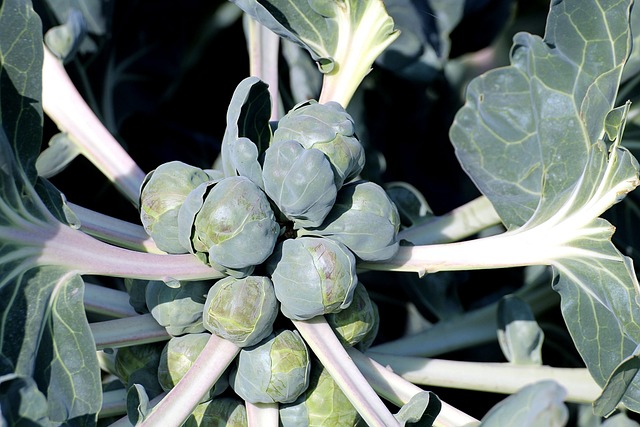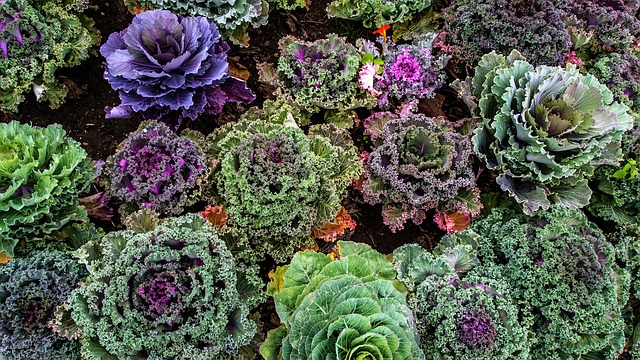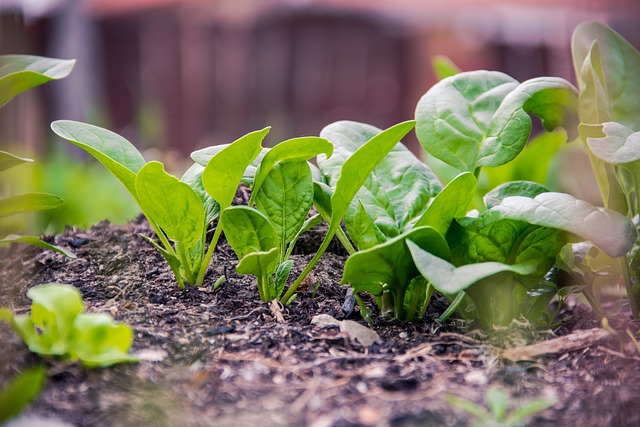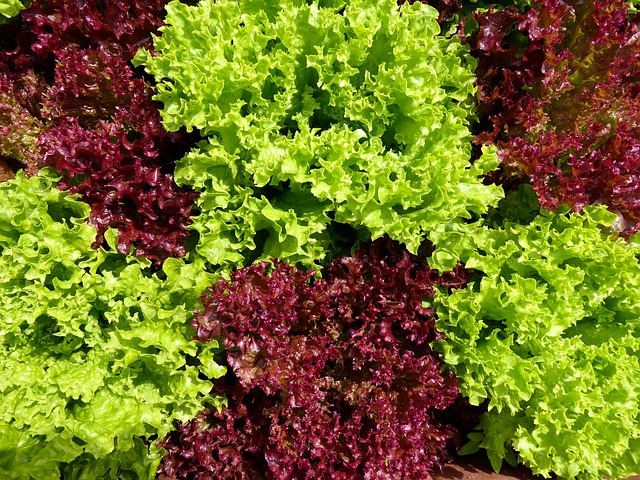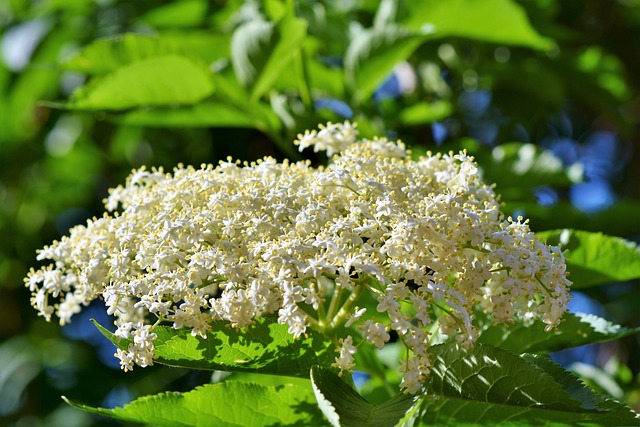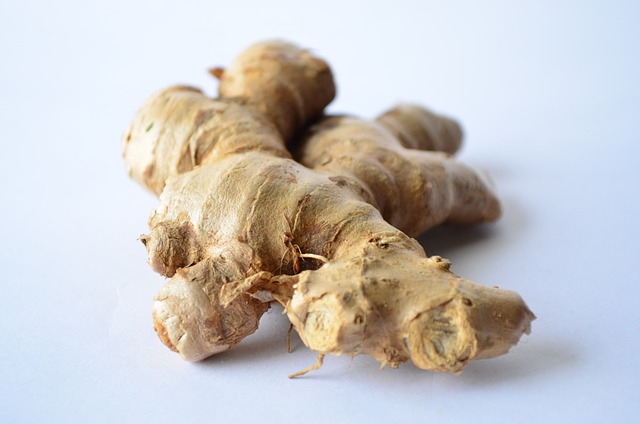How to Grow Brussels Sprouts
Have you ever thought about the joy of harvesting your own vegetables from your backyard? Learning how to grow Brussels sprouts offers such pleasure, and more! This hardy vegetable that thrives in cooler weather could be your next gardening adventure. Introduction Brussels sprouts, a member of the Gemmifera Group of cabbages, are renowned for their […]
How to Grow Brussels Sprouts Read More »

